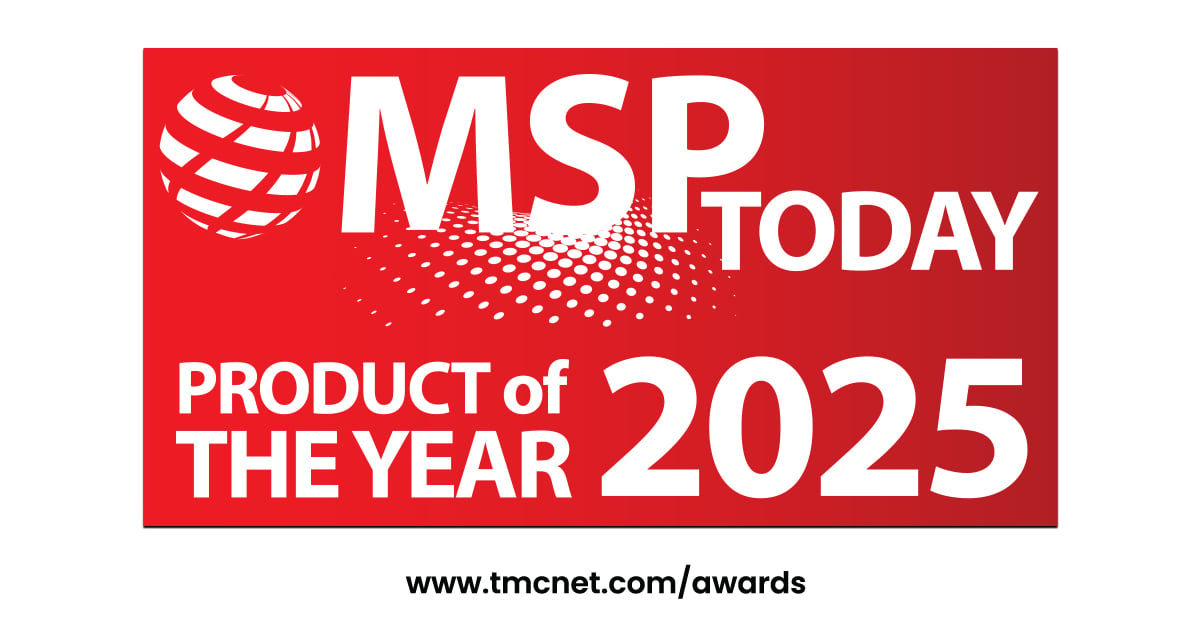
Observability, a growing trend in IT operations, analyzes system data such as metrics, events, logs and traces to understand a system's health. Driven by cloud adoption and DevOps practices, the observability market is expected to reach $4.1 billion by 2028, according to MarketsandMarkets.
A recent survey by OpsRamp, titled “The State of Observability 2024,” shows how organizations use observability to gain a better understanding of their systems. The survey investigates the benefits, challenges and opportunities associated with observability deployments, including differences between enterprises and managed service providers.
“Enterprises and MSPs have to wade through a lot of hype about observability whether that comes from vendors, analysts, consultants or the media,” said Dennis Callaghan, Go-to-Market Programs Manager, HPE. “This report will give them a better understanding of what their peers actually think about observability and how they're using and benefiting from it today.”
Observability Journey: Still in the Early Stages
Despite the widespread interest in observability, the survey reveals that 30% of organizations are at the very beginning, "exploring suitable use cases and potential solutions." They haven't yet deployed observability technology en masse.
Around a quarter of respondents are in the pilot phase; basically, they're "currently piloting observability solutions with select vendors." This indicates that many organizations are still evaluating different options before making a full commitment.
Only 24% have achieved "unified, full-stack observability" across 90% of their organization, and another 19% have only achieved "partially implemented observability within a few business units."
These findings show that there is room for growth around observability adoption for most IT organizations. With over half in the pilot or early exploration stages and over three-quarters not yet at full-stack enterprise observability, it's clear there's a substantial opportunity for further development and implementation.
Focus on Cloud and Cloud-Native Observability
When asked about the specific types of observability organizations are exploring, the survey results demonstrate a clear preference for cloud-native observability. This focus aligns with the challenges of gaining visibility into cloud environments using traditional monitoring tools. Hybrid observability and security observability also hold significant interest for organizations. Network observability follows closely behind.
Interestingly, full-stack unified observability lags behind other options, which suggests that many organizations might be starting with specific areas of focus before aiming for a comprehensive solution.
Based on these findings, it seems that organizations prioritize observability solutions that address their most pressing needs, particularly gaining visibility into cloud environments.
Cost Management and Data Challenges: Top Concerns
The survey also highlights the concerns organizations have about observability tools. Cost and ROI were cited by 53% of respondents, which reflects a natural apprehension about potential overspending. Data accuracy and false positives were also a major concern as they suggest a need for reliable and actionable insights from observability data.
The biggest concern, shared by 57% of respondents, was data management and storage. This aligns with the vast amount of data observability tools generate, which are challenging and expensive to manage.
Addressing Concerns: Data Issues Top the List
While cost was a major concern during pre-deployment, the actual challenges encountered so far tell a slightly different story. Data issues clearly stand out for ITOps teams, with 63% citing data management/storage and 57% highlighting complexity/data analysis.
These challenges call for better data management solutions and user-friendly tools for analyzing observability data effectively. What was a bit odd, though, was that concerns about runaway costs are not yet a major hurdle during deployment, although it's worth noting that most respondents are still in the early stages. Maybe it has to do with cost management becoming more critical as organizations scale their observability deployments.
Expected Outcomes vs. Realized Benefits: A Divergent View
The survey also explores the expected outcomes and realized benefits of observability tools. When asked about key expected outcomes, respondents prioritized "improve application performance and user experience.” This reflects the desire to move beyond traditional application performance management tools and leverage observability for a more holistic view, especially in managing modern microservices-based architectures.
Tracing and log file analysis capabilities were also noted as key advantages. Other expected outcomes included "improve automation efficiency across the organization” and "improve operational efficiency (MTTD/MTTR).”
However, the realized benefits presented a different view. Respondents were allowed to choose multiple answers, and the top two benefits were "ability to discover performance issues we didn't realize we had" at 59% and "ability to detect and respond to performance issues before users/customers are impacted" at 58%.
Observability tools work best when combined with existing IT monitoring systems to create a holistic view. Metrics remain the most common data type, but advanced options like cloud cost monitoring are gaining traction. Enterprises and MSPs can leverage solutions like OpsRamp's platform, which offers full-stack observability with automation and integrations to existing tools.
Still, despite the hype, observability adoption is in its early stages. Most organizations haven't implemented full-stack observability and struggle with managing the large amount of data generated. However, the benefits are clear: Proactively identifying performance issues before they impact users.
“The purpose of the report is to gain some insights into what observability actually looks like in enterprise IT,” said Callaghan. “We wanted to find out where organizations — enterprises and MSPs — actually are in their observability journeys. What have they deployed, what benefits are they seeing, is observability delivering value to them, what challenges have they had to overcome, what ongoing concerns do they have?”
Edited by
Alex Passett






